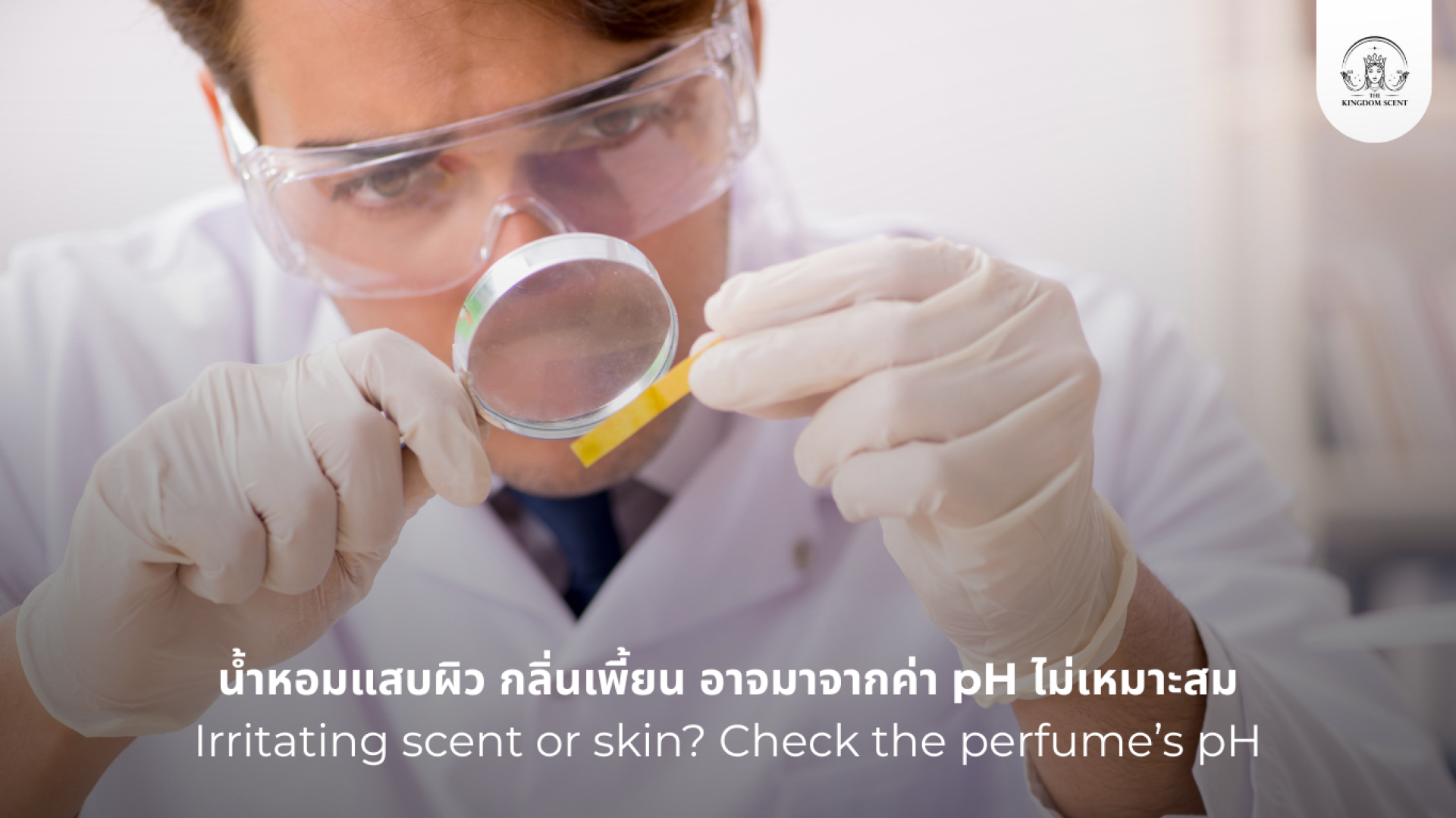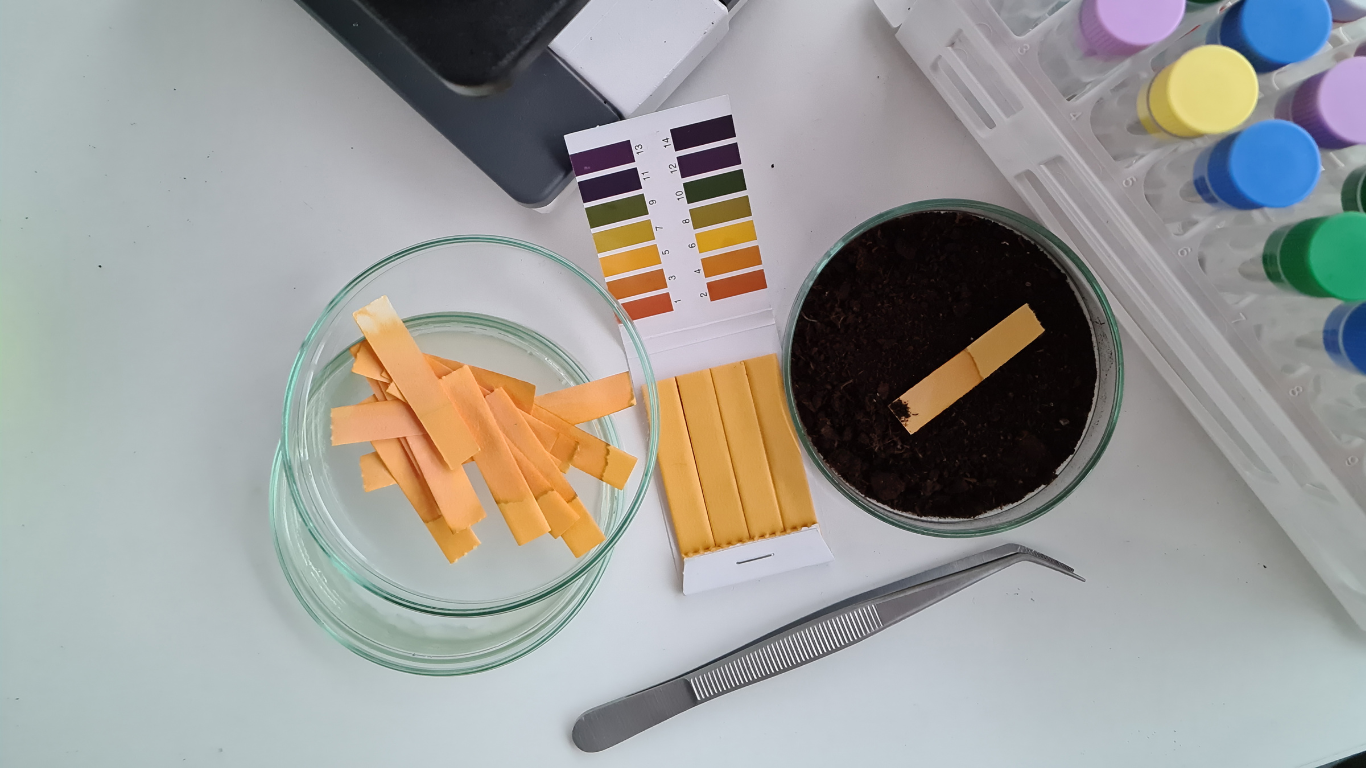Irritating scent or skin? Check the perfume’s pH

In the cosmetic industry, pH is a term thats often discussedespecially regarding its impact on the skin. However, when it comes to perfume, many overlook or underestimate the importance of pH. In reality, pH plays a crucial role not only in scent quality but also in the skin safety of fragrance products.
This article will help you understand what pH is, how it affects perfume formulation, and why anyone developing or blending fragrances should never ignore this factor.
What is pH?
pH (Potential of Hydrogen) is a measure of the acidity or alkalinity of a solution, ranging from 0 to 14
pH < 7 = Acidic
pH = 7 = Neutral
pH > 7 = Alkaline
Human skin naturally has a pH of about 4.55.5, which is slightly acidic. This helps protect the skin against bacteria and maintains moisture. If a product's pH is too high or too low, it may lead to irritation, dryness, or even allergic reactions.
How Does pH Affect the Scent of Perfume?
While alcohol is the main carrier in most perfumes, pH also plays a vital role in the stability and behavior of perfume oil moleculesespecially in formulas that include water, like body mists, sprays, or water-based perfumes.
Potential Effects of Imbalanced pH
Certain fragrance molecules become unstable in very acidic or alkaline environments.
The scent may change unexpectedly or fade too quickly.
pH influences how well certain fragrance ingredients dissolve and diffuse.
Some notes only bloom properly in a specific pH range.
An imbalanced pH can make the perfume smell harsh or sharp when sprayed, particularly affecting the top notes.
How Does pH Impact Skin Safety?
Perfume products with extremely high (pH 9+) or low (pH below 3) values can pose significant skin risks, especially for people with sensitive skin.
Possible Skin Reactions from Improper pH
- Irritation such as redness, itching, or a burning sensation.
- Dryness or peeling of the skin.
- Disruption of the skin's natural acid mantle.
- Increased sensitivity to environmental allergens or microbes.
- Heightened risk for skin conditions like eczema or dermatitis.
What Is the Ideal pH Range for Perfume?
For alcohol-based perfumes (e.g., Eau de Parfum, Eau de Toilette), the typical pH falls between 5.5 and 7.5, depending on the raw materials used.
For water-based perfumes, such as body mists or alcohol-free sprays, maintaining a pH between 4.5 and 6.5 is recommended to ensure skin compatibility and product performance.
How Can You Measure pH?
If you're making your own perfumes or developing a product, having a pH meter or pH test strips is essentialespecially for water-containing formulas or skin sprays.
Simple pH Testing Method
1. Mix the formula completely.
2. Drop a sample onto the pH strip.
3. Compare the color change to the pH scale provided.

Adjust the formula if needed using citric acid (to lower pH) or sodium bicarbonate (to raise pH) in small, controlled amounts.
Tips for Fragrance Developers
- Always test the pH of every formula, especially those containing water, glycerin, or solubilizers.
- Avoid using raw materials with extreme pH values without proper buffering.
- Test how the scent behaves across different pH levelssome notes may disappear or become distorted depending on pH.
- Store test samples and retest pH after a few days to see if it shifts over time.
Want a Safe, Custom Perfume Without the Hassle?
If managing pH levels, raw materials, and fragrance chemistry feels too complexThe Kingdom Scent is here to help.
We offer Custom Fragrance Design services crafted by professional perfumers who understand both the art of scent and the science of safety. No more worrying about pH balance, irritants, or unstable formulas.
Craft a scent thats uniquely yourssafe, balanced, and beautiful.
Learn more at: www.thekingdomscents.com


